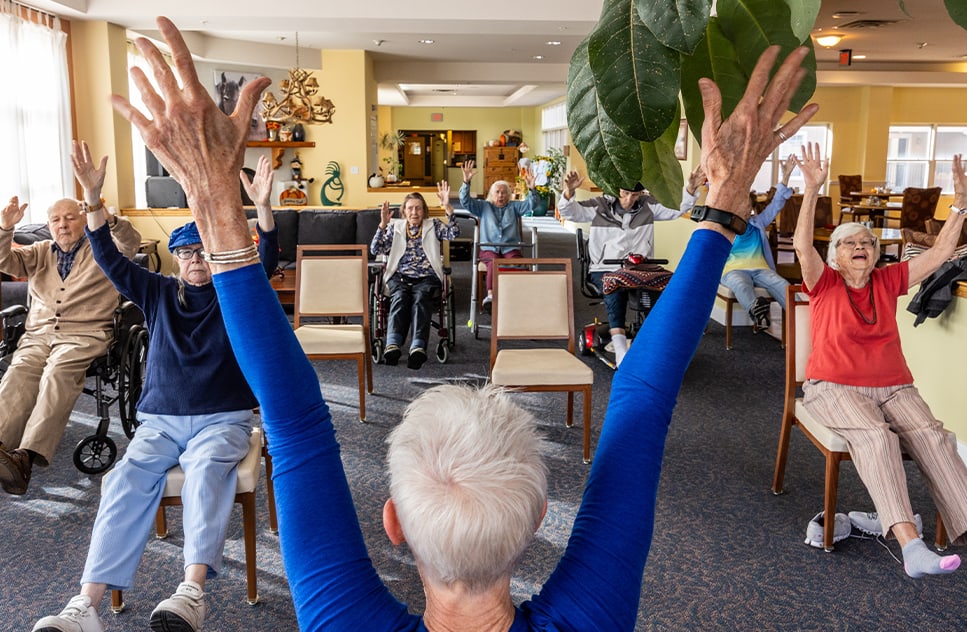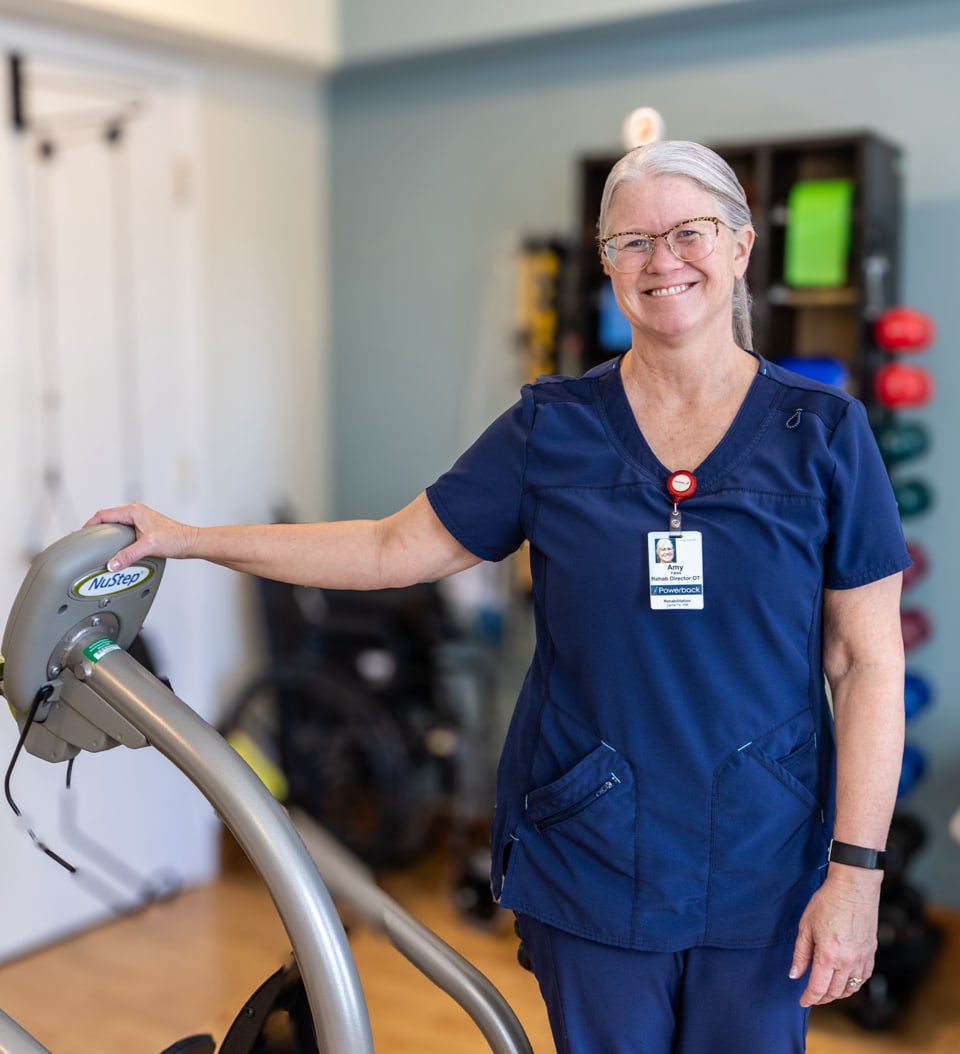Deciding how best to support a loved one as they age is one of the most significant decisions families can face. For many, the question comes down to two options: aging in place or senior living. Aging in place is when a loved one chooses to continue living in their homes and senior living provides care for loved one’s in a community setting. While both have benefits, each option provides unique experiences and comes with distinct sets of challenges.
Senior living can address a loved one’s practical and current needs and enhance their lifestyle and well-being with different levels of care, such as:
- Independent living
- Assisted living
- Skilled nursing
- Memory care
What Is Aging in Place?
Aging in place refers to older adults remaining in their own homes as they age, allowing them to maintain independence and routine while staying in a familiar environment.
Aging in place typically involves adjusting the space with safety solutions, such as ramps and railing, and introducing at-home care services or relying on family caregivers.
But, without careful planning or making these changes to a loved one’s home, it can pose safety concerns for many older adults and their families. Another overlooked concern is a loved one’s health and whether it can affect their ability to live alone without support or help with chores, personal care, medication management, meals, and finances.
What Is Senior Living?
Senior living encompasses a range of residential communities tailored specifically to older adults. These communities vary from independent living to assisted living, memory care, and skilled nursing care options.
Challenges of Aging in Place
Aging in place may provide a familiar surrounding for older adults, but they’re not without challenges:
- Safety concerns: Homes not designed for aging adults may pose hazards such as stairs, limited lighting, or small bathrooms.
- Resistance to change: Older adults may be resistant to making modifications or accepting help.
- Isolation risks: Aging in place can lead to loneliness—especially if mobility issues or a lack of nearby friends prevent regular social interaction.
- Overwhelming caregiver burden: Family members often take on significant caregiving responsibilities for loved ones aging in place, which can become emotionally and physically taxing.
- Costly modifications and services: Installing accessibility equipment, hiring caregivers, and arranging transportation can add up, often outpacing the cost of senior living.
- Future needs: As needs change, the home may require further modifications or additional services—making it difficult to stay in place long-term.
While aging in place may feel emotionally safer for some older adults, addressing its challenges over the long term can become difficult without robust resources and ongoing effort.
Advantages & Considerations of Senior Living

Senior living offers various advantages and considerations that older adults and family members should weigh when considering this option.
The advantages of senior living are:
- 24/7 support and care: Senior living communities cater to varying levels of need, offering assistance with everything from daily tasks to medical care
- Social connections: These communities foster relationships by offering shared meals, group activities, and social events that help combat isolation.
- Access to recreational activities: Programs often include fitness classes, gardening, arts and crafts, and more, encouraging active lifestyles and mental engagement.
- Predictable costs: Many senior living options offer bundled pricing that can include meals, housekeeping, activities, and care services.
- Quality of life: Senior living offers opportunities to pursue hobbies, learn new things, and maintain a fulfilling lifestyle in a vibrant and supportive atmosphere.
Considerations for senior living include:
- Open communication: While deciding to move to senior living is a personal choice, communicate with family members to get their perspective and support.
- Narrow the options: Evaluate which community best aligns with a loved one’s preferences.
- Variety of options: Families must determine which lifestyle meets a loved one’s current and future needs.
- Initial transition: Moving out of a familiar home can be emotionally challenging for some older adults, but many settle in once they experience the benefits of senior living communities.
- Cost: While there is an initial cost, the all-inclusive nature of many senior communities helps justify the value provided. Senior living is increasingly designed with modern amenities and thoughtful layouts to feel more like homes, creating an appealing balance of independence and support.
Families who weigh all these considerations often find peace of mind knowing their loved ones are in an environment tailored specifically to their needs.
Senior Living for Continuum of Care
While aging in place and senior living aim to support older adults, their day-to-day experiences can differ dramatically, as both offer unique benefits and considerations. Senior living stands out as the ideal choice for loved ones looking for a balanced approach that combines personalized care, community engagement, and safety.
Senior living isn’t just about meeting needs—it’s about enhancing quality of life. If you’re navigating this decision for yourself or a loved one, contact Kingston HealthCare to explore senior living options. We’re here to provide guidance and offer a continuum of care that stretches across the entire senior living journey to make the right choice for your family.






